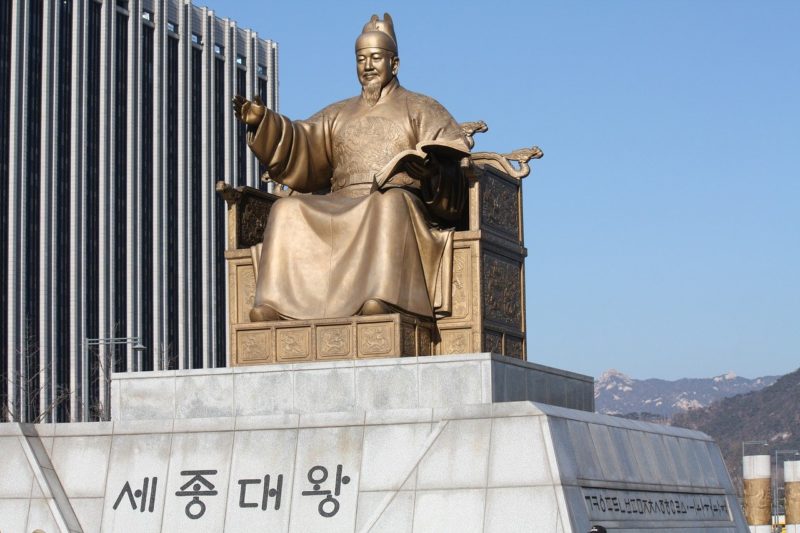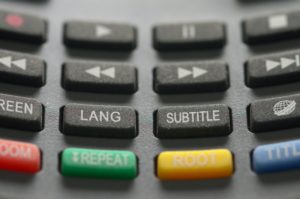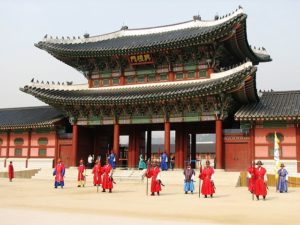The Korean language has a rich history, a fascinating rhythm, and worldwide popularity. And there are plenty of benefits that you’ll experience if you decide to learn it too. But if you really want to reach fluency, then you need to spend some time discovering the origins and driving forces of this language.
As you do, you’ll learn that there’s a lot more to a language other than simply memorizing vocabulary words. To get you started, here’s everything you need to know about the Korean language.
Quick Facts About the Korean Language
Korean is one of the Northeast Asian languages. It is also known as Kugo (국어). There are 42 million people who speak Korean in South Korea. North Korea and China have 20 million and 2 million speakers, respectively.
There are half a million speakers in Japan and Russia alone, as well as small numbers in the U.S. of vast populations on the west coast and New York. Other cities in Singapore, Thailand, and Paraguay as house a multitude of Korean speakers.
In total, there are around 72 million people who speak Korean all over the world.
A Brief History of the Korean Language
Korean is one of the most misunderstood languages in the world, as its roots are unclear and the subject of ongoing debate among scholars. Evidence shows that Korean and Japanese belong to the Altaic branch of languages, which includes both Turkish and Mongolian.
While Chinese belongs to an entirely different language family, they greatly influenced Korean. Many people claim that the language originated from a single cultural source. However, just like contemporary Korean people have not come from a unique ethnicity, the modern Korean language doesn’t originate from just one language.
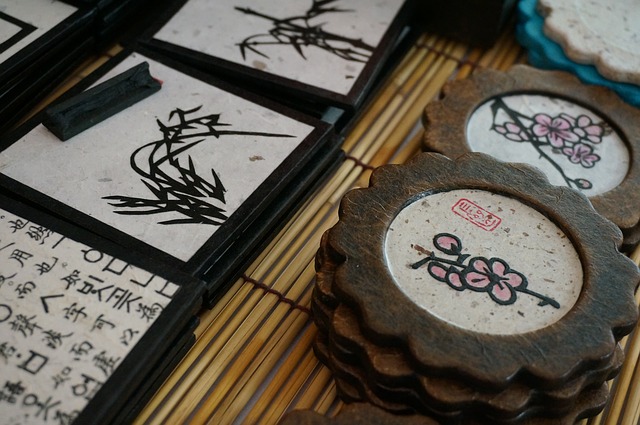
During the unification of the sixth to the fourteenth century, various groups that inhabited the Korean peninsula in ancient times united into homogenous people with one language. And Krean became the language that we know now at the end of the 15th century.
History of Hangul, the Korean Writing System
Hangul is the Korean alphabet since 1443. The credit of its invention goes to King Sejong of the Yi Dynasty (1392-1910). Many Korean scripts used a complex system of Chinese characters before the Hangul developed. However, Chinese characters couldn’t represent Korean speech very well. As a result, King Sejong (1397-1450) commissioned the development of a phonetic script that was both more efficient and easier for ordinary people to read and write.
Hangul is one of the most modern alphabets ever conceived and consists of 24 letters, including 14 consonants and ten vowels. These letters combine five double consonants and 11 diphthongs. The characters divided into two, three, or four clusters to form syllables and phrases. The advent of Hangul was a great accomplishment in Korean culture history as it resulted in one of the highest levels of literacy in the world.
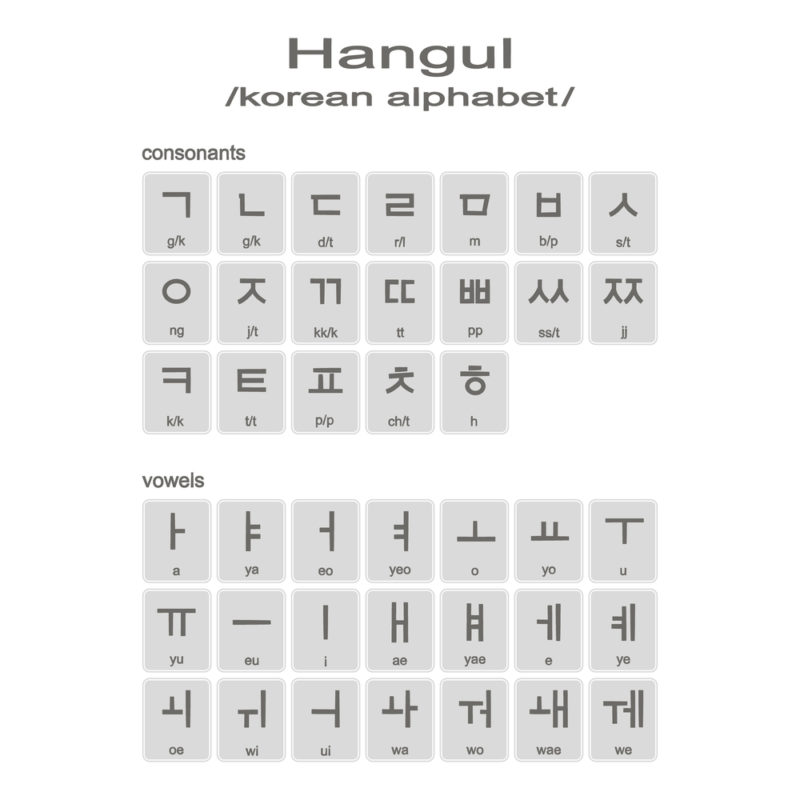
Korean Grammar and Respect in Writing
A variety of grammar styles show the high importance culturally accorded to Koreans to express and receive respect. Korean verbs have different forms to signify a speaker’s lower, or higher status. As of today, Koreans use very few polite forms, a move that reflects middle-class advancement and greater social equality.
The Impact of Chinese on Korean Language and History
Modern Korean still reflects the profound influence of China over the centuries. Almost half of the Korean vocabulary forms of Chinese words. To this day, South Koreans sometimes opt to write words with Chinese origins in Chinese. However, Hangul is definitely the more dominant of the two writing systems in Korea. Despite word borrowing, Korean phonetically is unique from Chinese. Since the two languages aren’t mutually intelligible, there’s still a big difference between the two languages.
History of Korean Language and Literature
Chinese literature was very influential in Korean writing. It was commonly used around 300 AD during the Chinese invasion of North Korea. After the war, Koreans began to write in Classical Chinese. 414 AD. Later, they developed three separate writing systems for Korean with Chinese using characters: Hyangchal, Gukyeol, and Idu.
The Idu system takes a combination of Chinese characters along with special symbols to signify endings of the Korean verb and other grammatical signs. It used for many centuries in official and confidential reports. The Hyangchal system takes Chinese characters to describe Korean sounds. Korean literature and poetry both use it.
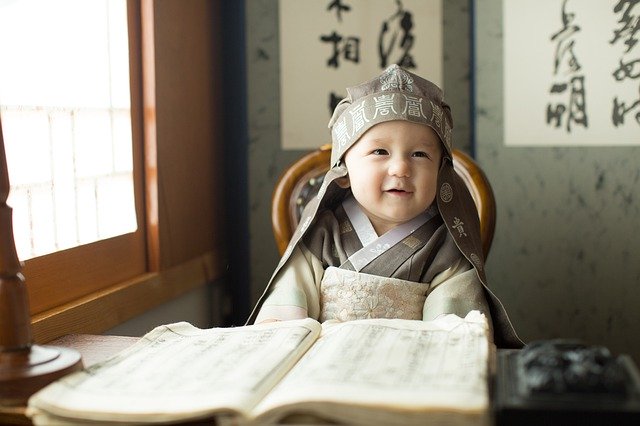
Most Koreans could write in Classical Chinese or Korean with Gukyeol or Idu systems. A writing system combining Chinese characters (Hanja) and Hangeul became influential in the 19th and 20th centuries. However, the importance of Chinese characters in Korean writing has decreased significantly since 1945.
School kids in South Korea master more than thousands of characters or Hanja by the end of junior high school. Most Korean pieces of literature are in Hangeul. However, academic papers and official documents are often a mixture of Hangeul and Hanja.
Notable Features of Hangul
- Korean was traditionally written in vertical columns from right to left. Since then, writing horizontally from left to right has become popular. Today, most texts follow the same direction.
- There are 14 consonants and ten vowels in the Korean alphabet. The letters form syllable blocks.
- Consonant forms n, m, and ng are visual depictions of the mouth and tongue when you pronounce them.
- There are three main elements in Korean vowels, such as a vertical line (human), a horizontal line (earth), and a dot (Heaven). The celestial dot becomes a short line in modern Korean Hangeul.
- Spaces go between words that may consist of one or more syllables.
What’s the Easiest Way to Learn Hangul?
Hangul may seem intimidating at first, but it’s really easy to learn. In fact, you can master Hangul in less than an hour. And to get there faster, you can pair your Korean lessons with trusted language learning methods, such as spaced repetition systems (SRS).
Here’s how to implement your own SRS quickly. Start by looking over your Hangul lesson and trying to remember as much of it as you can. Don’t worry if you can’t recall most of it the next day. Keep repeating your lessons with increasing distance to push the new information into your long term memory. Remember: the more you practice, the more time you can leave between your lessons.
You can also try chunking to complement comprehensible input. Divide the alphabet into vowels, consonants, and double consonants. You can also break them up into groups, separating this way them can enhance your memory and help you remember your language lessons better.
The Best Way to Learn Korean
The best way to learn about a language is to reach fluency in it. And if you want to reach Korean fluency, then there’s a quick way to do it. Then you need a few things: a combination of the best language learning methods, a reliable, and a convenient language learning app that brings the fun back to language learning.
In other words, you need OptiLingo. Our app gives you high-frequency words, so you’ll learn exactly how the locals speak. And you’ll never get stuck learning useless vocabulary. Instead, you’ll start speaking like a local from your first less. Thousands have tried and succeeded with this method. Try OptiLingo today!

